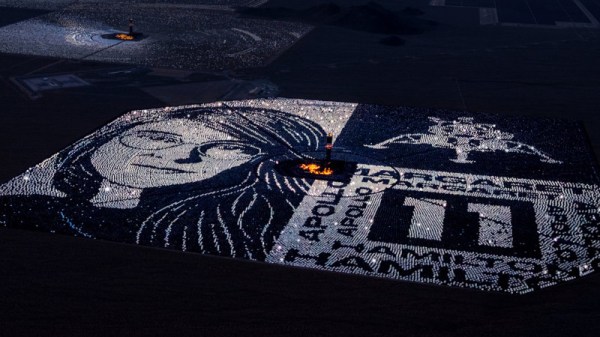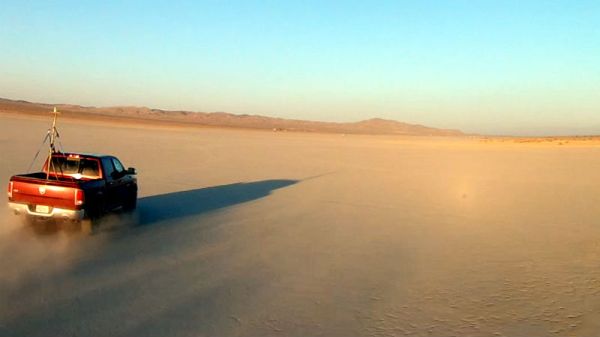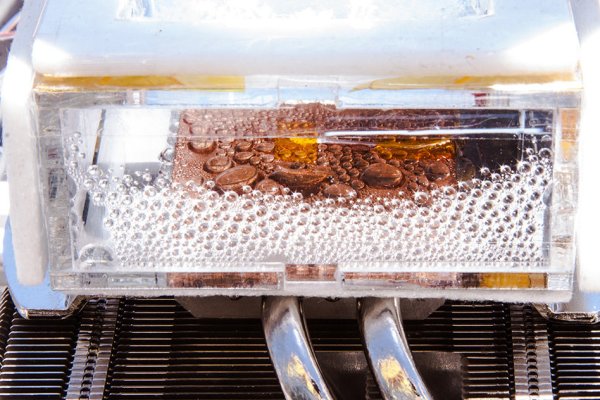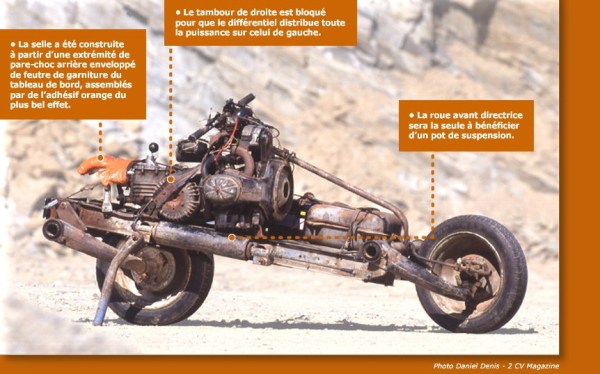In celebration of the 50th anniversary of the first Apollo moon landing, Google created a 1.4-square-mile portrait of NASA software developer Margaret Hamilton using more than 107,000 mirrors from the Ivanpah Solar Facility in the Mojave Desert, a solar thermal power plant with a gross capacity of 392 megawatts.
The fields of heliostat mirrors (173,500 in total) ordinarily focus sunlight on receivers located on the solar power towers, which subsequently generate steam to drive steam turbines. The facility was first connected to the electrical grid in September 2013 before formally opening in February 2014, during which it was the world’s largest solar thermal power station. Ivanpah was developed by BrightSource Energy and Bechtel, with Google contributing $168 million towards its $2.2 billion in costs. Google no longer invests in the facility, however, due to the decline of the price of photovoltaic systems.
The facility has historically taken steps to avoid disrupting the natural wildlife, which includes desert tortoises. The effect of mirror glare on airplane pilots, water concerns, and collisions with birds has also been addressed by the operators of the installation.
According to Google, the image was larger than Central Park and could be seen a mile above sea level. The mirrors are all attached to a rotating mount that maneuvers the mirrors in order to create lighter and darker shades to make up the image.
The Apollo 11 mission, manned by Buzz Aldrin, Neil Armstrong, and Michael Collins, was the first to bring humans to the moon in 1969. Hamilton‘s role in the team included programming the in-flight software for all of NASA’s Apollo missions. She had also worked on satellite tracking software for the Air Force through Lincoln Lab (started by the Massachusetts Institute of Technology) and later joined the Charles Stark Draper Laboratory. It was, however, her work on creating computer systems to predict and track weather systems for use in anti-aircraft air defenses that made her a candidate for a lead developer role at NASA.
Continue reading “Reflecting On Margaret Hamilton: 50 Years After Apollo 11”


















